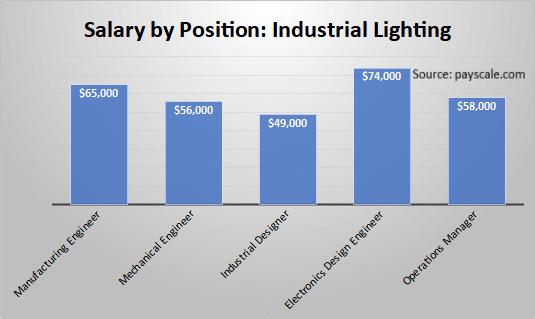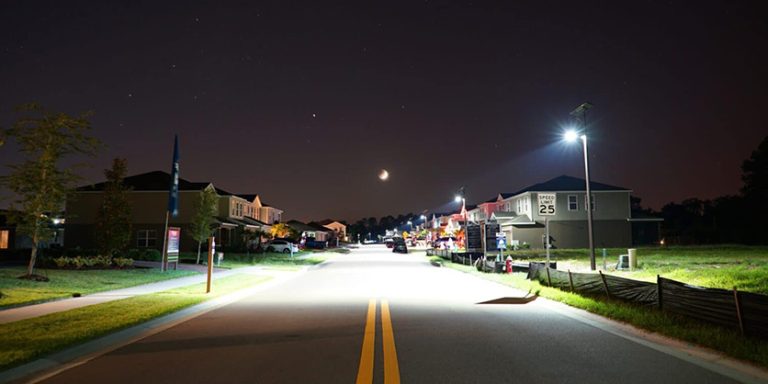Manitoba Government Accelerating Adoption of 2020 Building Code

October 22, 2022
The Manitoba government will adopt the 2020 editions of the national model building, plumbing, fire and energy codes, published by the National Research Council, earlier than required by legislation and as soon as practically possible in response to industry feedback on proposed changes to the regulations, Labour, Consumer Protection and Government Services Minister Reg Helwer announced on October 20th.
“Following feedback from industry and other stakeholders, our government has chosen to adopt the 2020 national standards, thereby bypassing the 2015 editions, to give those professionals sufficient time to gain familiarity with the 2020 codes,” said Helwer. “The adoption of the 2020 editions will benefit industry in Manitoba through reduced costs and improved competitiveness, which will help strengthen our province’s economy.”
This approach will update Manitoba’s construction and fire codes to the 2020 editions approximately six months earlier than required under Canadian Free Trade Agreement commitments for harmonized and timely adoption of national model codes, Helwer noted. It will also avoid duplication of learning and overhead investment that adoption of the 2015 editions would have presented to professionals in Manitoba, the minister said.
The Manitoba Building Code, Manitoba Plumbing Code and Manitoba Fire Code regulations currently adopt the 2010 editions of the national model codes. The Manitoba Energy Code for Buildings regulation currently adopts the 2011 edition of the National Energy Code for Buildings.
An engagement with industry was conducted between June 29 and Aug. 17, with the results indicating an accelerated adoption of the 2020 standards is preferred rather than a two-step adoption of the 2015 editions followed shortly afterwards by the adoption of the 2020 editions.
Engagement will continue with key industry stakeholders on adoption of the 2020 national standards, Helwer noted, adding the publishing of regulation changes with ample notice will allow industry sufficient time to adjust to the updated codes.










![Guide to the Canadian Electrical Code, Part 1[i], 26th Edition – A Road Map: Section 10 – Grounding and Bonding](https://electricalindustry.ca/wp-content/uploads/2022/11/Guide-CE-Code-2.png)





